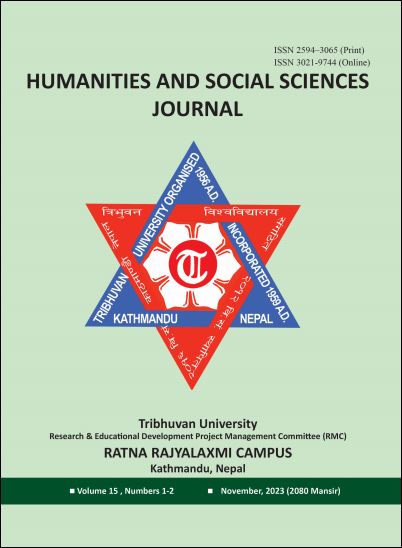Bridging the Skills Gap: Aligning Journalism Education with Industrial Needs in Nepal
DOI:
https://doi.org/10.3126/hssj.v15i1-2.63778Keywords:
digital newsroom, journalism education, skills gap, curriculum updatesAbstract
In Nepal, many individuals joined the journalism profession without professional training or formal education in the past. With the 1990’s democratic transition, the journalism landscape underwent significant changes, marking a proliferation of news media outlets, academic programs, and training opportunities. Even with many journalism programs and training opportunities available, there are still a gap in skills between classroom learning and industry demands, leading to journalism graduates lacking some essential professional skills. This study investigates the contributing factors to this skills gap, comprising outdated curricula, limited exposure to the newsrooms, and the lack of practical know how as well as confidence to work in the modern-day digital newsrooms. Employing key informant interviews with working journalists, newsroom leaders, and journalism educators, and reviewing the relevant literature, this study identifies skills gap not only among fresh graduates but also mid-career professionals, and proposes strategies to match journalism education and training opportunities with industry needs. The findings underscore the requisite for market-oriented curriculum design and regular updates, skill-centric teaching methods, adequate internship opportunities for journalism students and hands-on training for working journalists to prepare them for the realities of Nepal's evolving media landscape.




